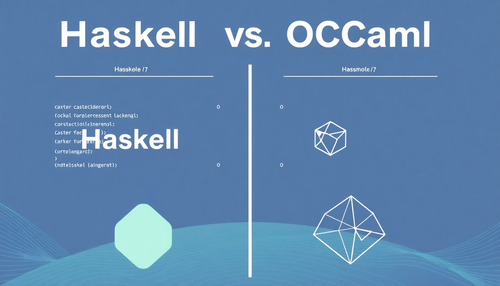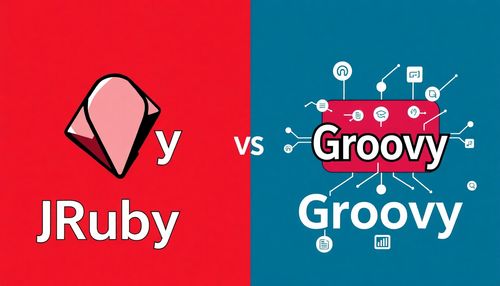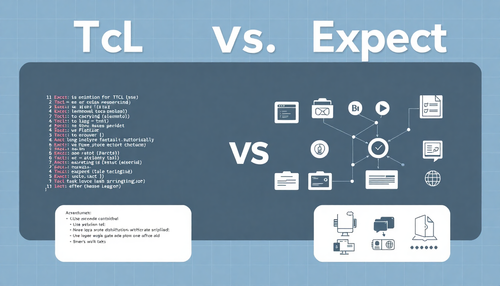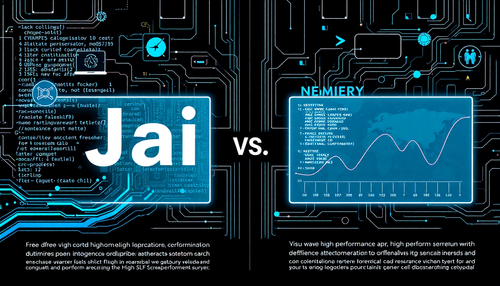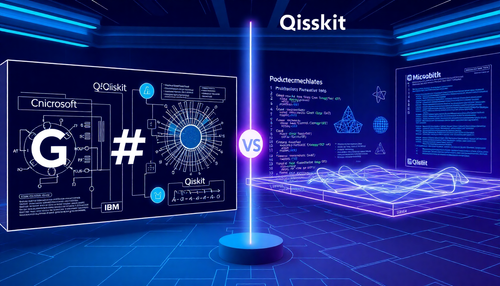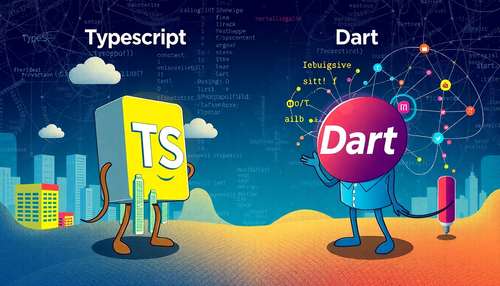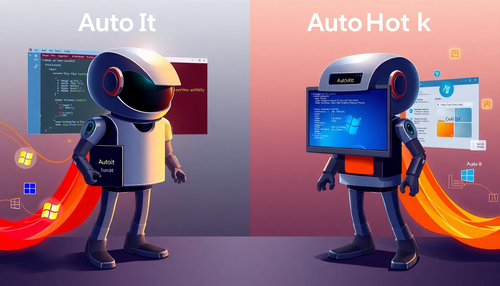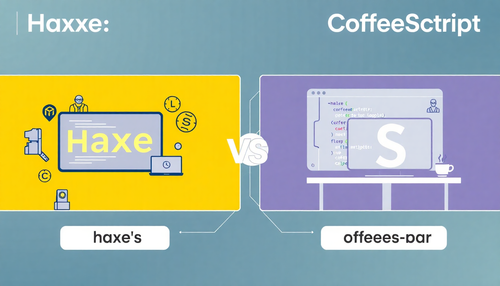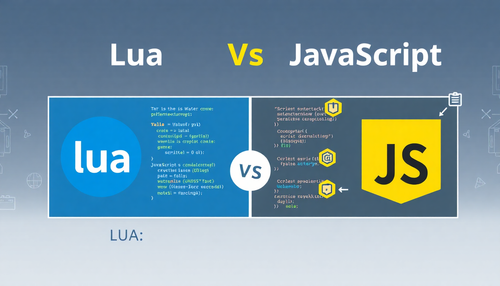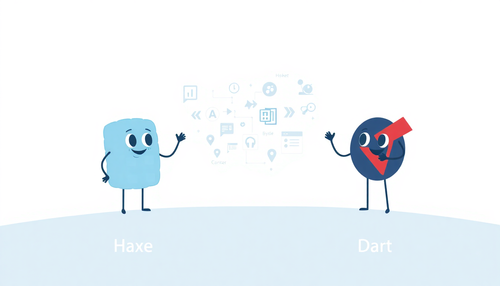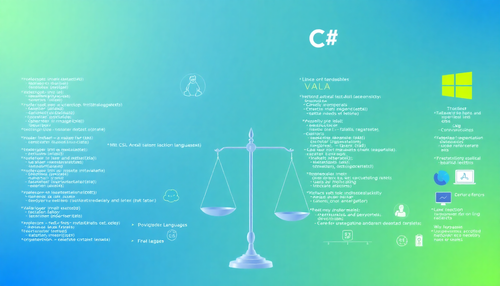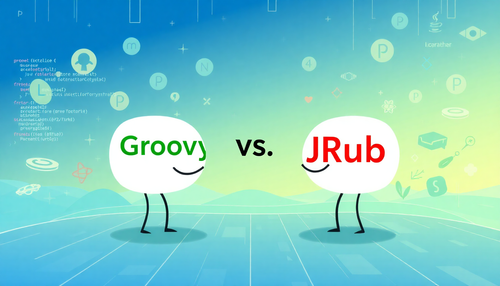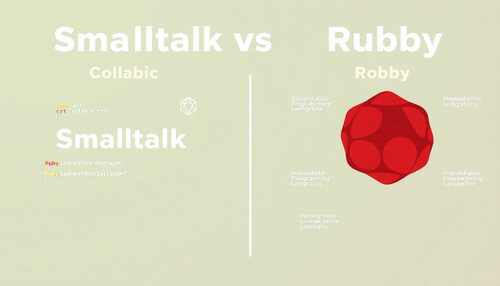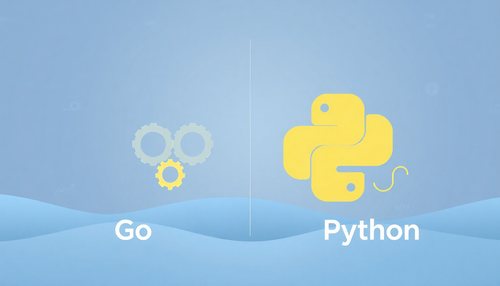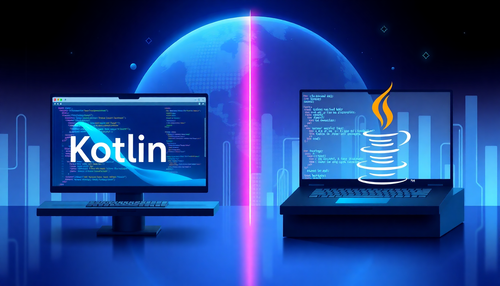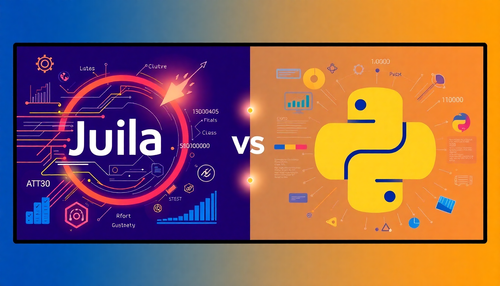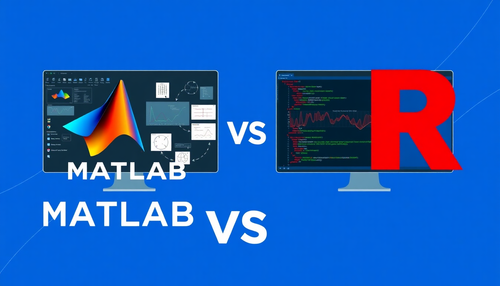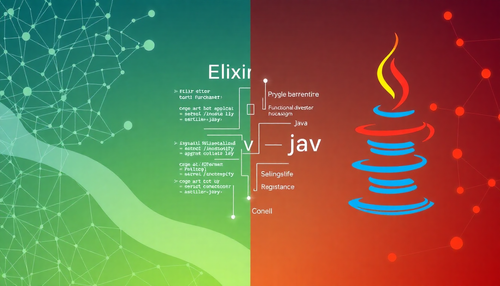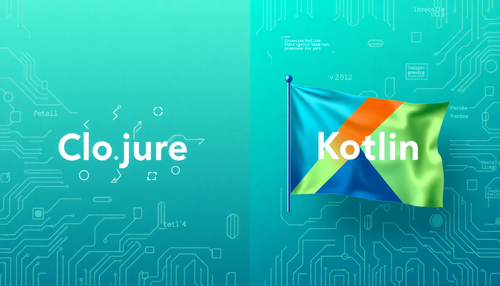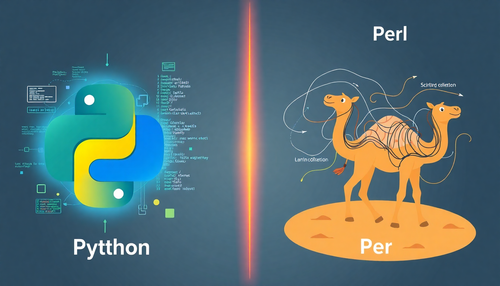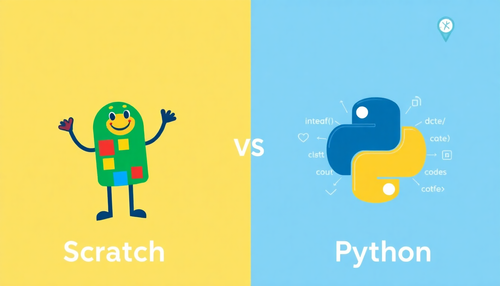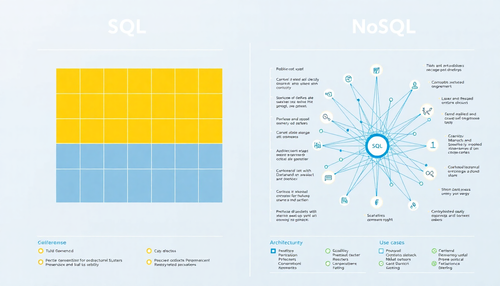With the proliferation of providers, it is difficult to compare cloud web services. This guide compares the three main players.

According to some data, there are more than 500 cloud platforms commonly used by companies in major markets. They range from household names like AWS and Azure to more obscure, specialized cloud providers that focus on a particular industry or niche application.
For most companies, the decision on a cloud provider includes the big three: Amazon's AWS, Microsoft's Azure, and Google's Google Cloud Platform. Each is robust, reliable, and widely deployed and supported, but it's worth understanding some of the nuances as you select your cloud provider.
AmazonAWS
In terms of market share, AWS is arguably the largest cloud provider in the world, holding 38.9% of the global public cloud market in 2021. Based on this market position, almost every cloud-aware application or device can be integrated with AWS. What sets AWS apart is the breadth, depth, and flexibility of its cloud offerings. This flexibility is not only in the variety of offerings, but also in the diverse pricing options and robust custom hardware platform that underpins AWS.
This flexibility allows businesses of all sizes to take advantage of AWS. From individual application developers to large government entities and Fortune 100 companies, AWS offers a combination of services, pricing, and scalability that has given it broad appeal. It's ability to scale is largely unmatched and services like Netflix use AWS to provide global video streaming that can be scaled up or down based on global demand.
As one of the first global cloud providers, AWS was designed to be a cloud platform from the beginning. This enabled high-quality administrative tools, customer support, and reliability on the platform.
Microsoft Azure
Although newer to the market, Microsoft's Azure cloud platform is growing rapidly, with a 21.1% market share in 2021, second only to AWS. Microsoft launched its foray into the cloud with its popular Office suite and has expanded into an all-in-one platform offering storage, compute, AI/ML, security, and other common services. Deep integration with end-user applications has made Azure an easy choice for organizations already using Microsoft infrastructure .
Microsoft also strategically adopted other operating systems and platforms early in Azure development, allowing non-Microsoft shops to readily integrate Linux and other platforms with Azure.
Azure's only weak area also stems from its strength in the enterprise market: it is sometimes challenging to understand Azure's various features and get quick access to customer support.
Google Cloud
Google ranks fourth in global cloud market share, behind China-centric Alibaba Cloud. However, outside of China and some Asian markets, Google Cloud Platform rounds out the top three potential vendors for most organizations.
Google's cloud was generally better known for its infrastructure and tools than end-user applications, with particular leadership in artificial intelligence, machine learning, and container infrastructure. In fact, Google invented and open-sourced several important technologies in these areas, from the Kubernetes containerization engine to the TensorFlow machine learning platform.
The company has invested in its cloud and its ability to integrate with other cloud platforms to make inroads into the enterprise environments that AWS and Azure largely dominate. Part of this investment consists of aggressive pricing and migration assistance, making Google Cloud worth a look, especially if you've already invested in containerizing your critical applications and infrastructure.
How to Choose the Best Cloud Web Service Provider
The big three vendors offer robust functionality and are backed by companies that are likely to remain leaders for years to come. Instead of a single, attractive option, consider some of the more subtle factors that may guide you towards one platform or another.
Start by considering your current technology investments and the tools and platforms your people have the most experience with. Companies oriented toward open source technologies and innovation may feel more comfortable on Google Cloud or AWS, while organizations with decades-long relationships with Microsoft will find Azure a familiar home.
If you have trusted partnerships with software developers or other organizations, consider which platforms they prefer.
Like any investment, price is also an important consideration. The current competitiveness of the cloud market can be an advantage for buyers. Most cloud providers will offer some form of migration assistance ranging from robust methodologies and checklists to direct financing of parts of the migration.
However, the long-term impact of computing costs on prices must also be considered. These charges can vary greatly depending on the pricing plan you select, your workloads, and your current relationship with the vendor. Make sure you're comfortable with your provider's pricing. The more detail you can provide about your anticipated workloads, the more scenarios you can ask the vendor for as examples. If you are struggling in this area, there is no harm in employing outside experts to help evaluate and select a vendor.
While it may seem like a complex and irreversible decision, one of the great (and often underappreciated) aspects of migrating to the cloud is that it is often easier to migrate between providers than to make the initial migration to the cloud. It's also easier than ever to create hybrid or multi-cloud environments, where you can access the best of each cloud provider, integrate on-premises resources, and ultimately create the right solution for your organization.



